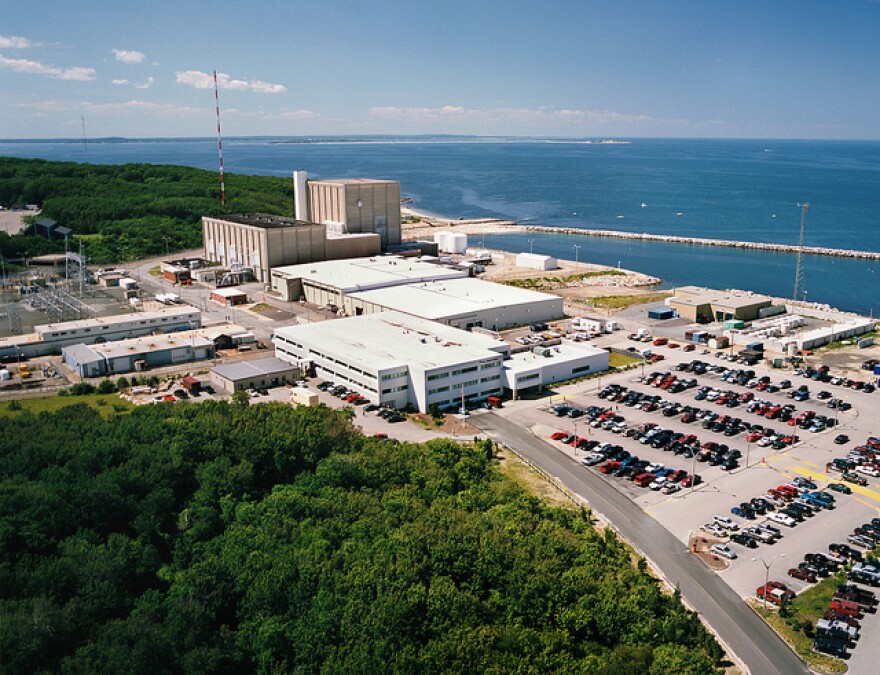The owner of the Pilgrim Nuclear Power Station plans to share test results on the radioactive water inside the plant at this month’s meeting of a state nuclear advisory panel.
But Holtec says it could be November or early next year before the company is ready to reveal how it plans to dispose of the water, which totals about a million gallons.
Cape-area activists are fighting the possibility of Holtec discharging the water into Cape Cod Bay. Other options include evaporating it, trucking it to a disposal site, or some combination.
Holtec recently released radioactive water from its Oyster Creek Nuclear Generating Station in New Jersey.
Company spokesman Patrick O’Brien said changing the industry-wide practice of water discharge is an issue larger than Pilgrim.
“It's an issue here, but I think it's a larger one that the industry has to look at, too,” he said. “Because it really is the reality of — this happens at every plant, and it's something that … occurred here for the entire length of operation, up until about five years ago.”
For now, the company isn’t finished using the water, he said. Water shields workers from exposure to radioactivity from reactor components and other equipment.
“We still have work that needs that, well into 2023,” he said. “So, at this time, we're trying to kind of lay out that timeline.”
In the meantime, he said, the company is having internal discussions about the possibility of starting to evaporate some of the water.
O’Brien confirmed that Holtec recently released radioactive water from the Oyster Creek nuclear station.
Starting on Sept. 7, Oyster Creek discharged 24,000 gallons of radioactive water over a period of about two days, according to Neil Sheehan, a spokesman for the U.S. Nuclear Regulatory Commission.
“They're not doing any sort of large-scale release,” he said. “They're doing it in a limited fashion, and again, only after they have a good handle on what exactly is contained within that water and whether it's safe for the public.”
Oyster Creek is holding 800,000 to 850,000 gallons of water with low levels of radioactivity, he said.
Sheehan said radioactive water can be released into a local waterway as long as it is filtered, treated, and tested, and meets limits set by the NRC and U.S. Environmental Protection Agency.
The EPA has said Pilgrim cannot release water from the spent-fuel pool unless the water is free from pollutants regulated by the Clean Water Act. The Act has no authority over nuclear contamination.
Holtec has previously said it could filter out non-nuclear pollutants to meet federal requirements for water discharge.
Some level of radioactivity would remain.








